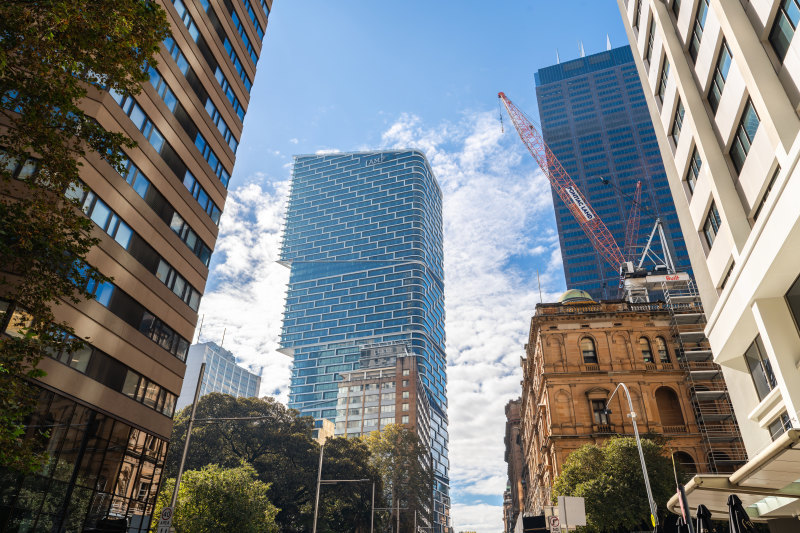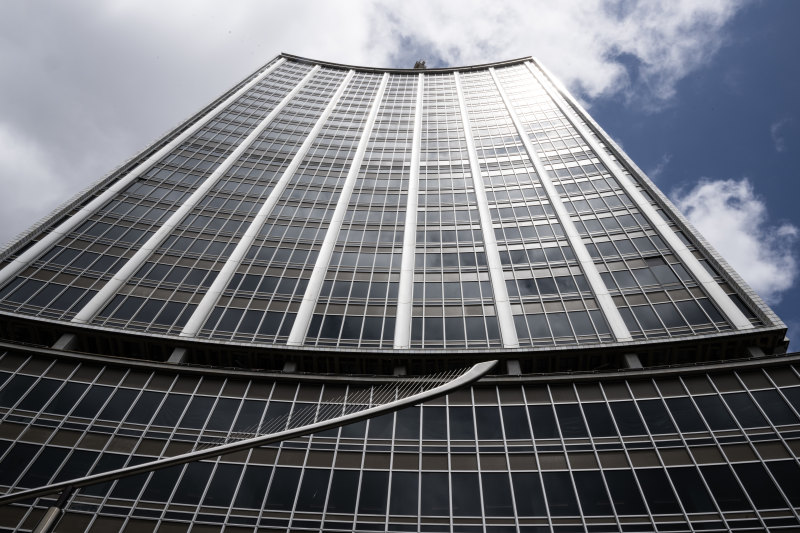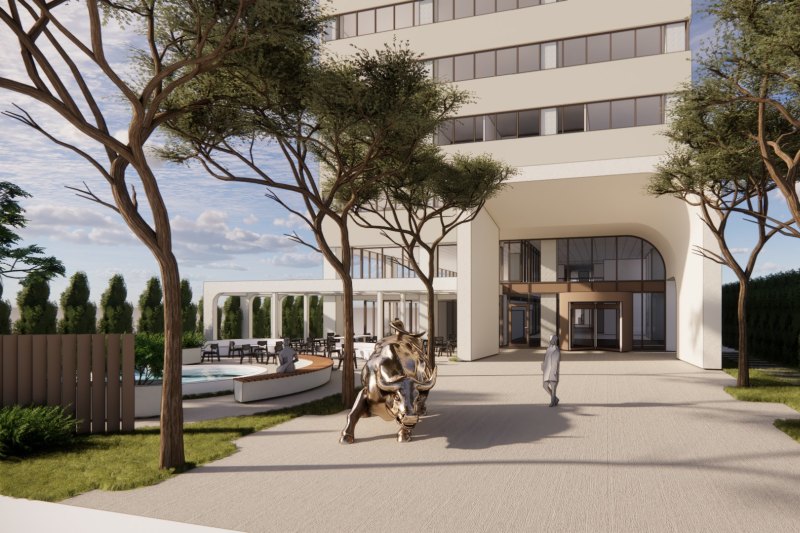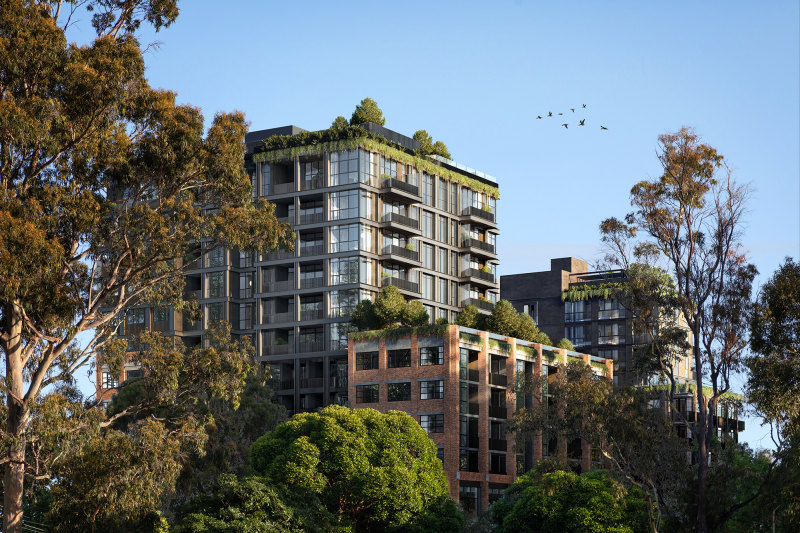
Office towers in Melbourne and Sydney are almost full
Carolyn Cummins and Simon Johanson
If getting your regular morning coffee and lunchtime sandwich seems to be taking longer, it’s because Australia’s largest cities are teeming with office workers.
The glittering city towers that dominate Melbourne and Sydney’s skylines are full, well almost.
Vacancy rates in city skyscrapers have hit record lows, the Property Council of Australia’s latest Australian Office Market Report shows.
In Melbourne, where cranes dominate the city skyline, vacancy has dropped from 4.5 per cent to a 10-year low of 3.6 per cent. Sydney, which also has its fair share of mega developments, has seen its vacancy rate fall from 4.8 per cent to 4.6 per cent over the past six months.
Even the once-struggling mining towns of Brisbane and Perth have seen their CBD vacancy rates drop, albeit they remain in double digits figures well above their eastern counterparts.
Perth’s landlord-slaying high vacancy rate has passed its peak and is starting to trend downward, but nearly one fifth of its CBD office space still sits empty.
“Office vacancy rates are a good measure of economic performance, and Melbourne is clearly the stand-out performer of the nation,” said Ken Morrison, chief executive of the Property Council.
What’s driving vacancy down and who is filling the towers?
“Melbourne’s the fastest growing city in Australia. It’s diversified economy is growing fast and that’s being replicated in white-collar employment and also in demand for office space,” Mr Morrison said.
That, in turn, has prompted a boom in office construction, with the PCA forecasting a 10.5 per cent increase in existing levels of office space over the next two years, a whopping 450,000 square metres of new floorspace.
Conversely, Sydney is suffering from a lack of new towers. “There’s not much coming down the pipeline,” he said.
Even with large-scale new developments in the wings, both cities will remain full for some time.
“Melbourne and Sydney will continue to be incredibly tight office markets over the next few years and that’s reflective of those two cities being the powerhouses of the Australian economy right now,” Mr Morrison said.
That’s good news for landlords and, by extension, many Australians. City office towers are primarily owned by large super funds and stock exchange listed landlords like Dexus and GPT, which commonly have a broad mum-and-dad shareholder base.
But it means rent will rise for business tenants, at least until the forecast new supply hits.
Sydney’s average per square metre rents surged above $1000 for the first time this year, according to Savills Australia.
A-grade office rents are $1,030 per sq m, rising a sharp 12.6 per cent over the year to June 2018, while Melbourne’s, at $580 per sqm, grew a more modest 6.4 per cent.
Many business tenants are moving out of older towers into new digs.
”Across the country we are seeing a shift towards premium office quality, but a more challenging outlook for lower grades of stock,” Mr Morrison said.
Vacancy rates for older, secondary buildings are high in Canberra, Brisbane and Perth as a result.
In Sydney and Melbourne it won’t necessarily be a problem, says Colliers International associate director of research Kristina Mastrullo.”This could be welcome space for tenants looking to expand after years of a very tight leasing market,” she said.
Most of the country’s future office supply over the next three years will be built in Melbourne, exactly where you want it – responding to strong demand.
Sydney’s next wave will be in Circular Quay precinct where AMP Capital, Lendlease and Mirvac are planning $3 billion of new towers.
Many older office buildings will be converted into vertical education spaces, student accommodation, hotels or apartment towers.
Landlords should “make hay while the sun shines,” EY Oceania’s managing partner for real estate and construction, Selina Short, said.
Owners should look ahead of the curve and invest in their tenants’ user experience, drive efficiencies with data analytics and set themselves up for the next phase with more loyal tenants, she said.













